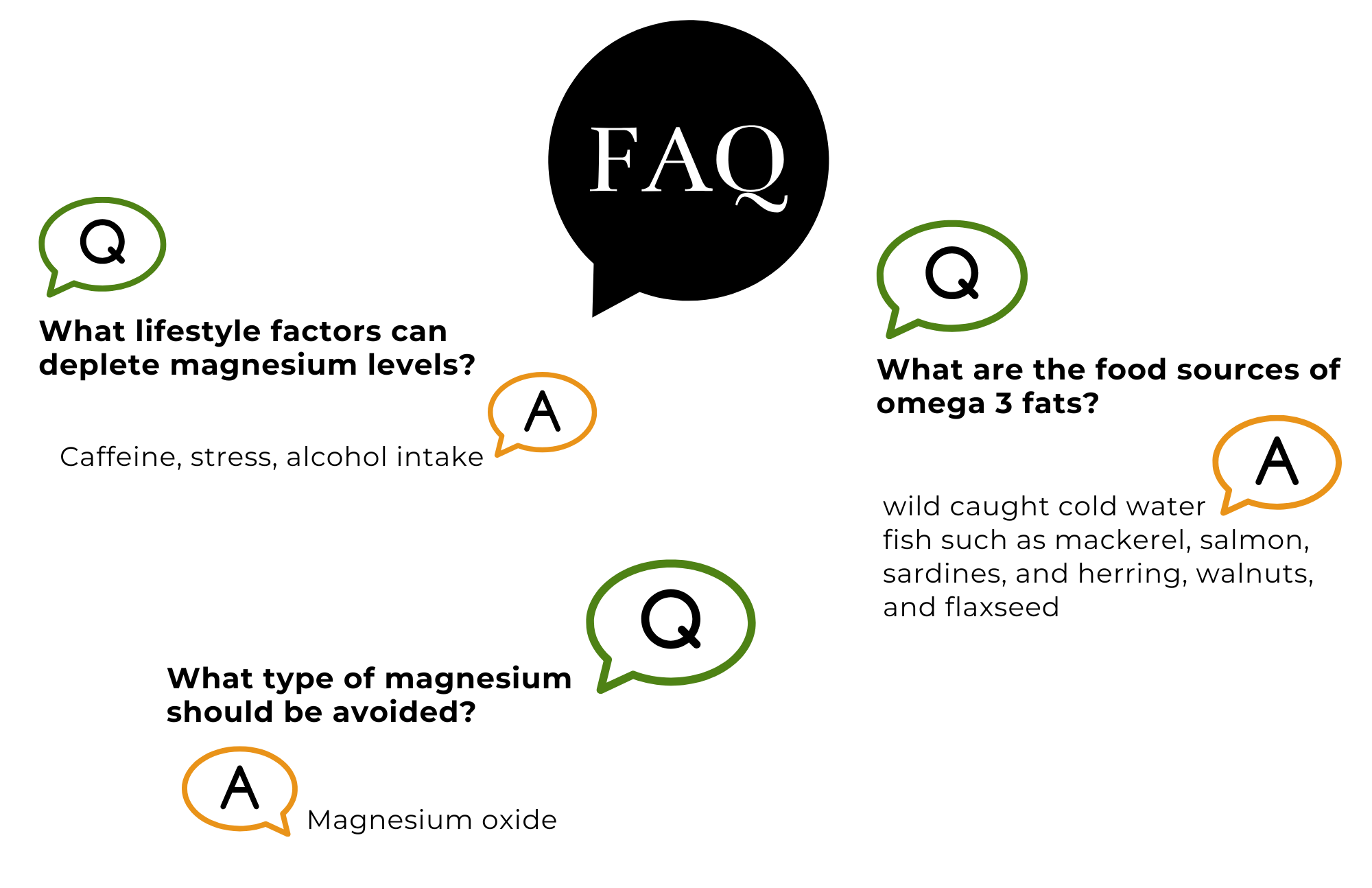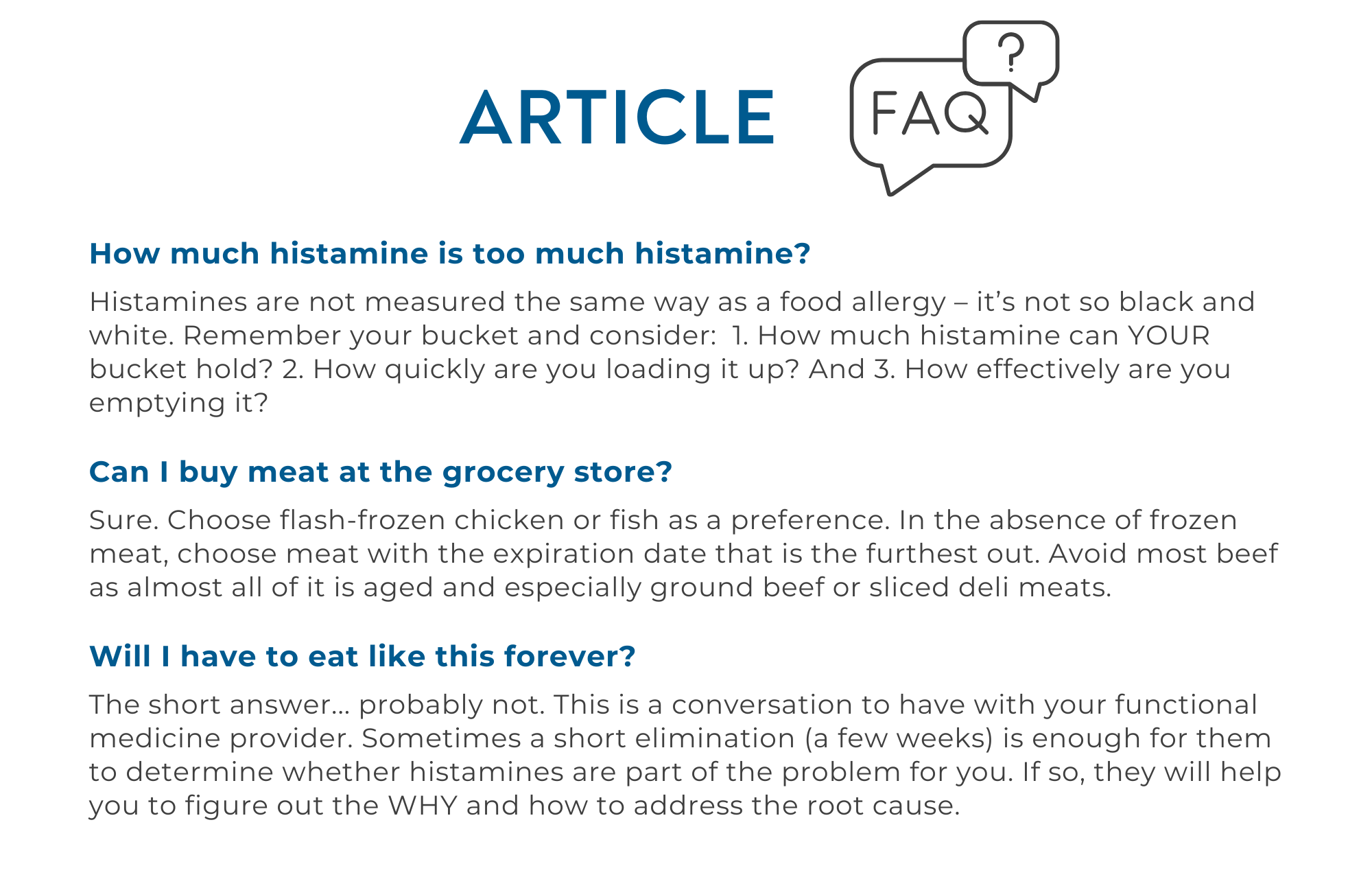
Now and then in medicine, a discovery transforms the way we think about and treat illness. Often, these discoveries are fueled by major scientific advances, like the discovery of antibiotics or the mapping of the human genome. But sometimes long-forgotten knowledge resurfaces and, through the application of scientific advances, transforms our understanding of human health.
The recent application of metabolic psychiatry for mental health conditions is such a transformation. The ketogenic diet was used successfully to treat schizophrenia over a century ago and has been a mainstay of epilepsy treatment for decades. We are just now beginning to understand why this diet can have such dramatic effects on neurologic illness.
Researchers and psychiatrists are turning their attention to the intricate relationship between metabolism and mental health. Metabolic psychiatry, a rapidly growing area of study, seeks to understand how metabolic processes impact brain function and behavior, and how dietary interventions, such as the ketogenic diet, can treat mental illness at the cellular level.

The brain is a metabolically demanding organ, accounting for only 2% of body weight but consuming 20% of daily energy expenditure. Typically, the brain’s primary source of energy is glucose, which is obtained from the breakdown of carbohydrates. However, research has shown that many individuals with mental health disorders, such as depression, anxiety, schizophrenia, and bipolar disorder, have impaired glucose metabolism in the brain.
This metabolic dysfunction can lead to inflammation, oxidative stress, and impaired neurotransmitter function, all of which contribute to the development and progression of mental health disorders..

The ketogenic diet, a high-fat, low-carbohydrate, moderate-protein diet, has been shown to have a profound impact on metabolic function and brain health. By drastically reducing carbohydrate intake, the body is forced to shift from relying on glucose for energy to relying on ketones, which are produced by the liver from the breakdown of fat. This metabolic shift has been shown to have numerous benefits for mental health, including:
Reduced inflammation: The ketogenic diet has anti-inflammatory effects, which can help to reduce inflammation and oxidative stress in the brain.
Improved neurotransmitter function: The ketogenic diet has been shown to improve the production of neurotransmitters, such as GABA and glutamate, which are essential for mood regulation and cognitive function.
Improved energy: Ketones are a more consistent and stable form of energy, and the ketogenic diet has been shown to improve energy levels.

For some people with serious mental health disorders, conventional medication therapy is quite helpful. For far too many, however, antidepressant and antipsychotic medications are either ineffective or intolerable due to adverse side effects. While the ketogenic diet is not a cure-all for mental health disorders, research has shown that it can be a highly effective treatment for a range of conditions, including:
Depression: Studies have shown that the ketogenic diet can reduce symptoms of depression and improve mood in individuals with treatment-resistant depression.
Anxiety: The ketogenic diet has been shown to reduce anxiety symptoms and improve cognitive function in individuals with anxiety disorders.
Bipolar disorder: Research has shown that the ketogenic diet can reduce symptoms of mania and depression in individuals with bipolar disorder and reduce or eliminate the need for antidepressants and mood stabilizers.
Schizophrenia: The ketogenic diet has been shown to reduce and even eliminate hallucinations and delusions, and reduce the need for antipsychotic medications.

Metabolic psychiatry is an exciting and rapidly evolving field that holds great promise for the treatment of mental health disorders. For too long, too many patients with serious mental health disorders have suffered from treatments that either do not work or cause serious side effects.
The ketogenic diet, with its ability to improve glucose metabolism, increase energy production, reduce inflammation, and improve neurotransmitter function, is a promising and highly effective treatment for a range of mental health conditions.
To learn more about Metabolic Psychiatry, visit www.metabolicmind.org, read Brain Energy by Dr. Christopher Palmer, or talk to your functional medicine physician at Carolina Total Wellness.






























